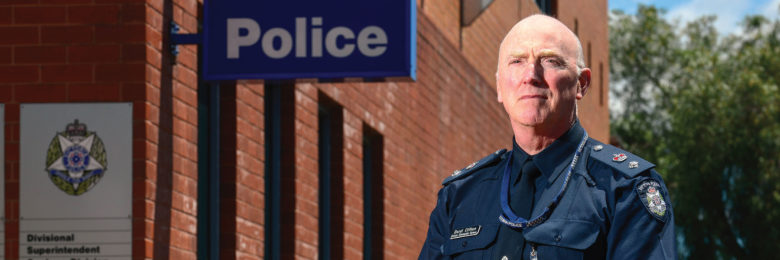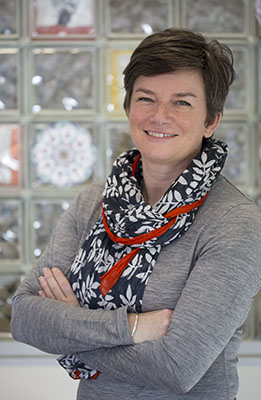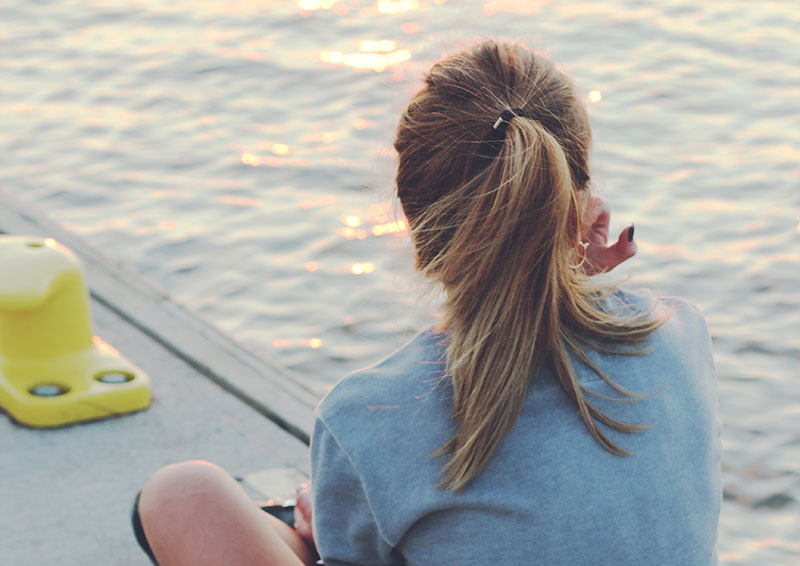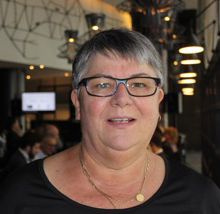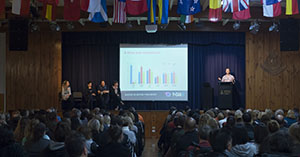ABC Radio Melbourne morning presenter Jon Faine accepted an invitation from a listener to sit down have a cup of tea and talk about what’s happened in his family. “Tony”, as he asked to be called, wanted his story to be heard by a wider audience.
JF: Let’s start at the beginning. Tell us, what happened?
Tony: I guess the best place to start would be, nearly on three years ago now my wife and I received two distressing calls from two of our oldest sons.
JF: You have how many children altogether?
Tony:Four. We’ve lived in our community for over thirty years. Like all parents we’ve always wanted to do the right things and we’re very connected in the community. A loving family, grandparents who adored the grandchildren but on this particular day we received two distressing calls separately. One to me and one to my wife. It was basically screaming coming over the phone. There was the mention of “He’s going to shoot me”. I grabbed my wife, we jumped in the car and we went to this place, which happened to be my parents house, about 10 minutes away. We got there and as we were rounding the corner there was over 30 police cars, there were helicopters. It was like a scene out of some sort of movie. There were the tapes they put across the road. Well, I disregarded the tapes and drove through them and I could see my younger of my two older boys lying on the ground.
JF: He’s how old?
Tony: At the time he was approximately 25. As with anything like that of course what you’re hoping for is to see some kind of movement. He was just lying there so we had no idea whether he was dead, alive or whatever.
JF: Were there police nearby?
Tony: There were over two-dozen police …
JF: No, no. Nearby him specifically? On the ground.


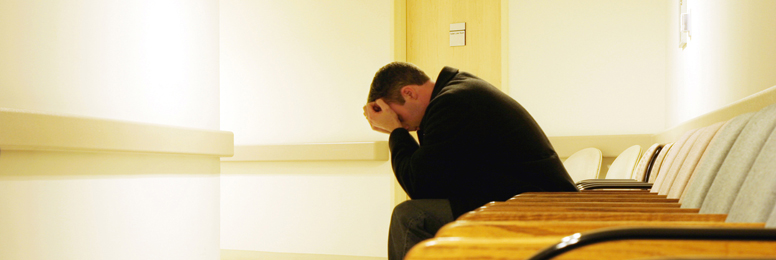
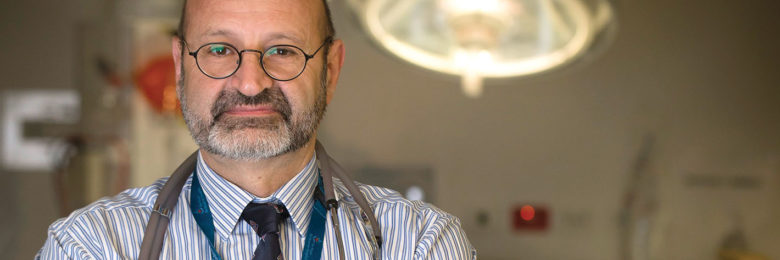
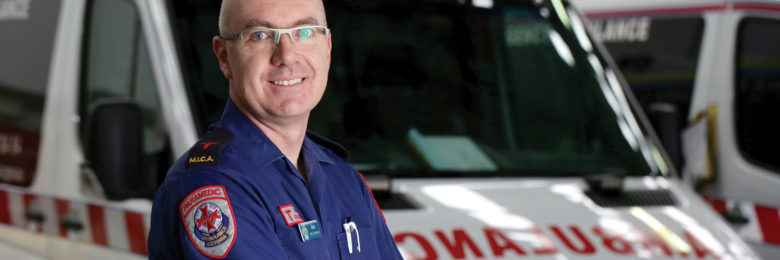
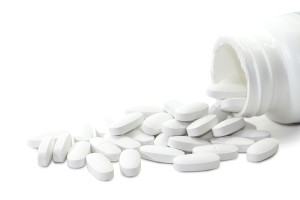 By Cheryl Critchley
By Cheryl Critchley